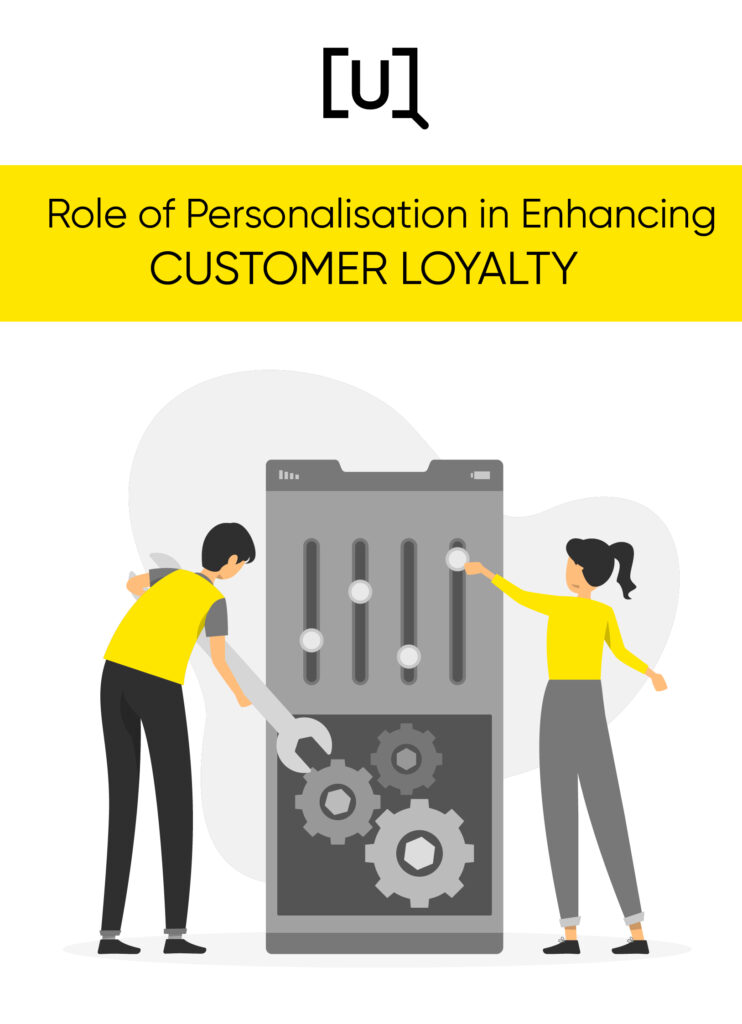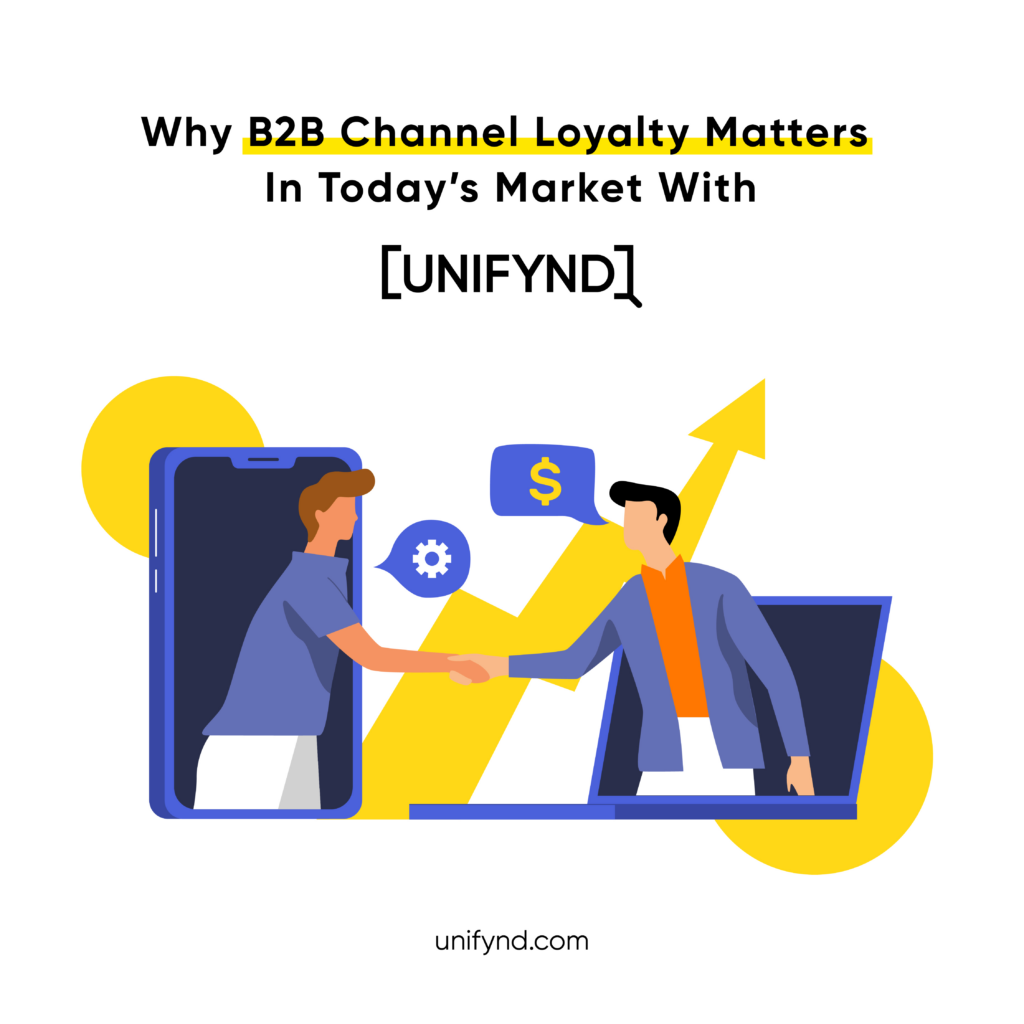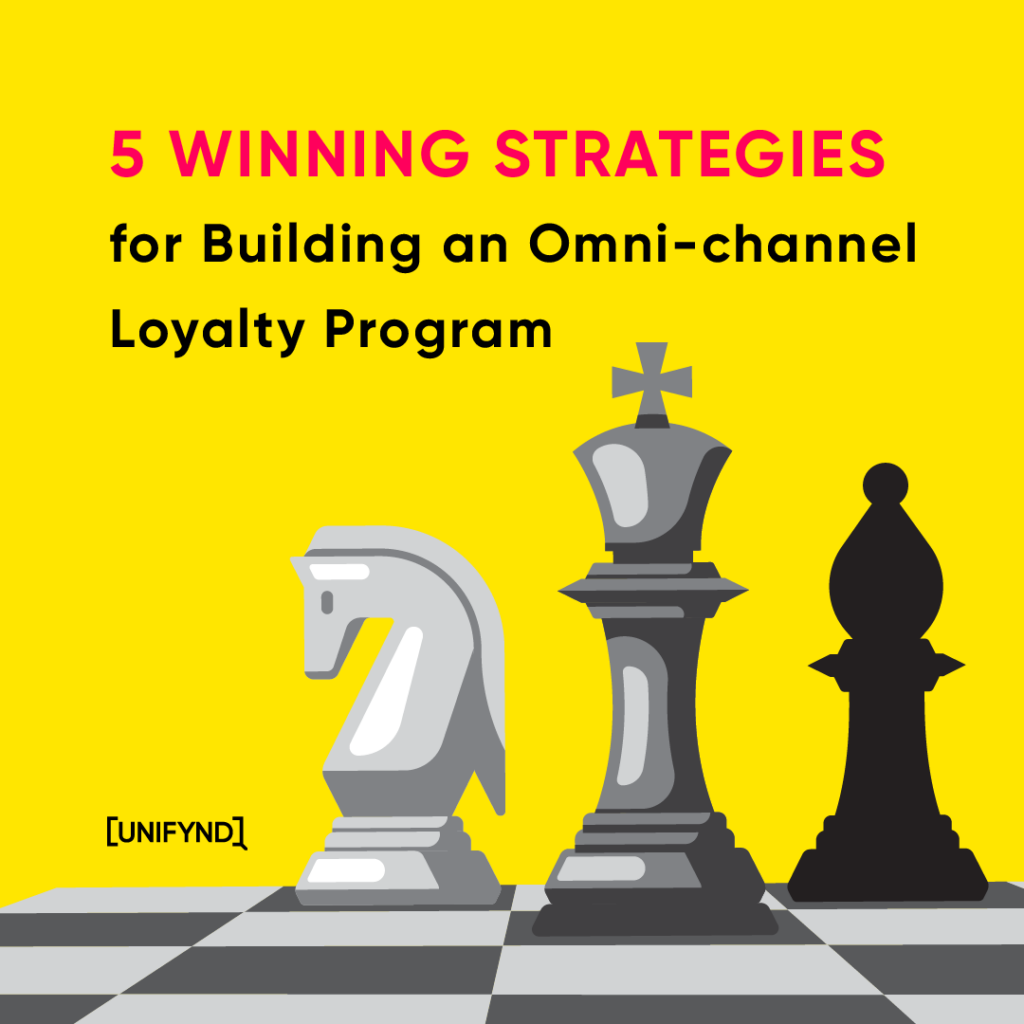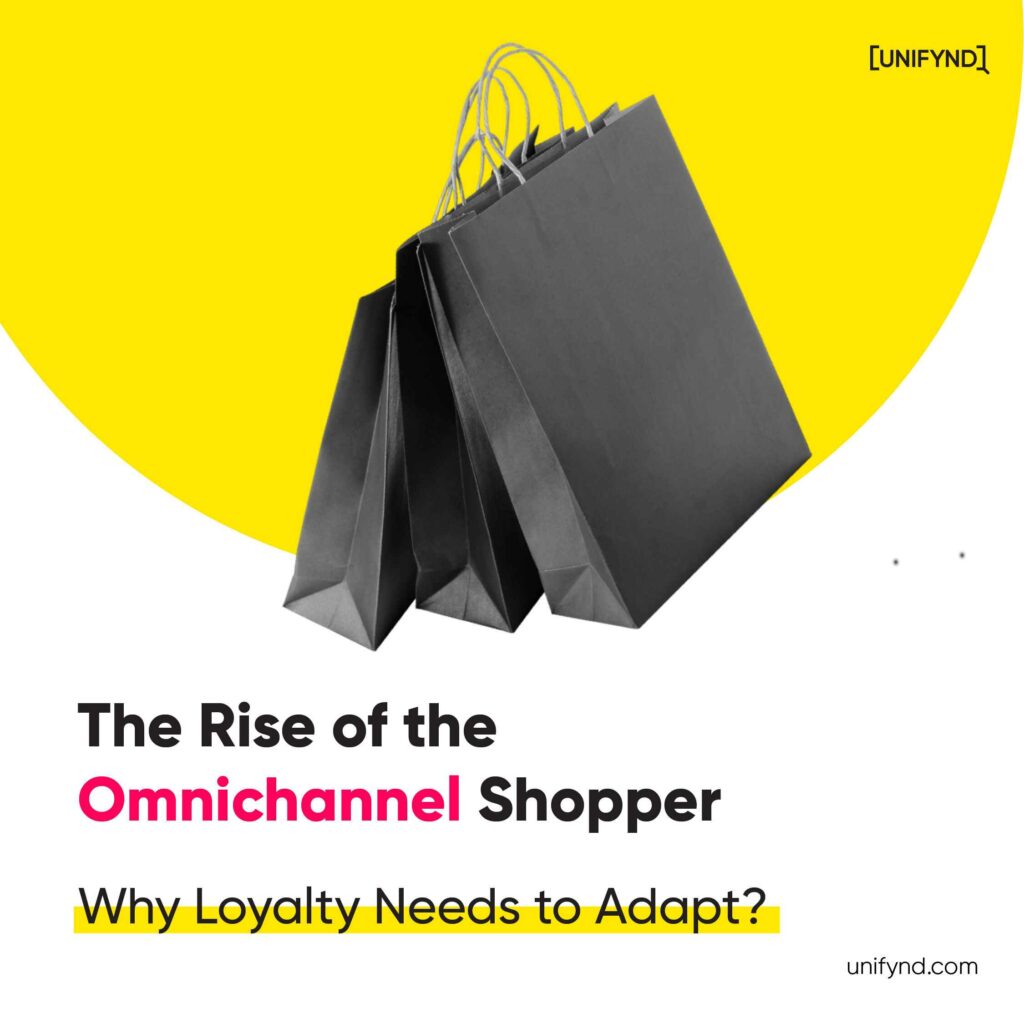In the world of modern business, where competition is fierce, there’s a treasure trove that every company desires: customer loyalty. It’s not just about boosting revenue; loyal customers are like golden keys that unlock growth through their advocacy, spreading the word about your brand, and singing your praises through reviews. So, how can businesses secure this treasure chest of loyalty in today’s hyper-competitive landscape? The answer lies in the magic of personalization!
In this comprehensive guide, we’re about to embark on an exciting journey into the world of personalization and its pivotal role in turning casual shoppers into fiercely loyal brand advocates.
Understanding Customer Loyalty
Customer loyalty refers to the emotional attachment and commitment that customers have towards a brand or company. Loyal customers choose to repeatedly patronize a particular business over its competitors, even when they have other options.
The benefits of customer loyalty are manifold:
- Increased Revenue: Loyal customers tend to spend more over time, leading to higher revenue for the business.
- Reduced Marketing Costs: Retaining existing customers is often less expensive than acquiring new ones through marketing and advertising efforts.
- Brand Advocacy: Loyal customers become advocates for your brand, recommending it to others and generating organic growth.
- Feedback and Insights: Loyal customers are more likely to provide valuable feedback, helping the business improve its products and services.
Now that we understand the significance of customer loyalty, let’s explore how personalization can be a game-changer in this regard.
The Power of Personalization
Personalization involves tailoring a customer’s experience to meet their individual needs, preferences, and behaviors. It goes beyond merely addressing customers by their first names; it encompasses understanding their shopping habits, product preferences, and communication preferences. Here’s why personalization is so powerful:
1. Enhanced Customer Experience
Personalization significantly improves the overall customer experience. When customers feel that a business understands their needs and caters to them specifically, they are more likely to feel valued and appreciated. This positive experience fosters a deeper emotional connection with the brand.
2. Improved Relevance
Personalization ensures that the content and recommendations presented to customers are highly relevant to their interests. This relevance not only increases the likelihood of conversion but also reduces the likelihood of customers feeling overwhelmed or frustrated by irrelevant information.
3. Increased Engagement
Personalization encourages customer engagement. When customers receive personalized offers, recommendations, and content, they are more likely to interact with the brand through purchases, social media, and other channels.
4. Customer Retention
One of the most significant advantages of personalization is its ability to improve customer retention. When customers consistently receive personalized experiences, they are less likely to switch to competitors. This builds long-term customer relationships and loyalty.
Strategies for Implementing Personalization
To leverage the power of personalization effectively, businesses must employ various strategies across different touchpoints in the customer journey. Here are some key approaches:
1. Data Collection and Analysis
Effective personalization begins with data collection. Businesses should gather data on customer behavior, preferences, and demographics. This data can be collected through online interactions, surveys, and feedback forms.
Advanced analytics tools can then be used to analyze this data, uncovering valuable insights about customer segments, purchasing patterns, and trends.
2. Segmentation
Segmentation involves dividing your customer base into distinct groups based on shared characteristics. By segmenting customers, businesses can deliver more personalized content and offers to each group. Segmentation criteria can include demographics, purchase history, location, and more.
3. Tailored Recommendations
E-commerce platforms and content-driven websites can utilize recommendation engines that suggest products, articles, or content based on a customer’s browsing and purchase history. These recommendations can significantly enhance cross-selling and upselling opportunities.
4. Email Personalization
Email marketing remains a powerful tool for customer engagement. Personalized email campaigns that address customers by name and provide tailored product recommendations or special offers can boost open rates and conversions.
5. Omnichannel Experiences
Omnichannel is a crucial aspect of personalizing loyalty programs as it allows businesses to seamlessly engage with customers across various touchpoints, including online and offline channels, creating a unified and consistent experience. This ensures that customers receive tailored rewards, recommendations, and communications regardless of how they interact with the brand, fostering a deeper sense of personalization and loyalty.
6. Personalized Customer Support
Customer support interactions can also benefit from personalization. Support agents with knowledge about a customer’s history and preferences can provide more tailored assistance, leading to higher customer satisfaction.
Real-World Examples of Personalization in Action
To illustrate the effectiveness of personalization, let’s explore some real-world examples:
1. Amazon
Amazon, the e-commerce giant, is a prime example of personalization. Its recommendation engine uses algorithms to analyze a customer’s past purchases and browsing behavior to suggest products they are likely to be interested in. This level of personalization has played a pivotal role in Amazon’s success.
2. Spotify
Music streaming service Spotify offers personalized playlists like “Discover Weekly” and “Release Radar” that are curated based on a user’s listening history. These playlists not only keep users engaged but also introduce them to new music they are likely to enjoy.
3. Netflix
Netflix’s recommendation system suggests TV shows and movies based on a user’s viewing history. This personalized content recommendation keeps viewers engaged and subscribed to the service.
4. Starbucks
Starbucks offers a loyalty program that rewards customers with free drinks and discounts. The program is personalized, offering rewards based on a customer’s purchase history and preferences. This not only drives customer loyalty but also encourages repeat purchases.
Challenges and Ethical Considerations
While personalization offers numerous benefits, it also presents challenges and ethical considerations that businesses must address:
1. Data Privacy
Collecting and using customer data must be done transparently and ethically. Businesses must adhere to data protection regulations and obtain explicit consent from customers for data usage.
2. Over-Personalization
There’s a fine line between personalization and intrusion. Overly personalizing marketing messages or experiences can make customers feel uncomfortable or violated. Striking the right balance is crucial.
3. Data Security
With the increased collection of customer data, businesses must invest in robust data security measures to protect customer information from data breaches and cyberattacks.
4. Diversity and Inclusion
Personalization efforts should be inclusive and not reinforce biases. Algorithms and data models must be carefully designed to avoid discrimination and ensure fairness.
Measuring the Impact of Personalization on Customer Loyalty
To determine the effectiveness of personalization efforts, businesses can track key performance indicators (KPIs) such as:
- Customer Retention Rate: Measure how many customers continue to do business with your company over time.
- Customer Lifetime Value (CLV): Calculate the total revenue a customer generates throughout their relationship with your business.
- Conversion Rates: Monitor the percentage of website visitors who take desired actions, such as making a purchase or signing up for a newsletter.
- Email Open and Click-Through Rates: Assess how well-personalized email campaigns are performing.
- Net Promoter Score (NPS): Measure customer satisfaction and loyalty by asking customers how likely they are to recommend your company to others.
- Customer Feedback: Collect feedback from customers to gauge their satisfaction with personalized experiences and identify areas for improvement.
Conclusion
In a world brimming with choices, personalization is the beacon that guides businesses to forge unbreakable customer loyalty. It’s the key to winning both hearts and wallets. By diving into individual customer needs, preferences, and behaviors, companies create experiences that resonate, fostering lasting emotional connections.
As technology advances, personalization’s role in securing loyalty will grow. It’s no longer just a strategy; it’s essential.
Don’t miss shaping your business’s future. With Unifynd, explore opportunities to elevate your customer relationships. Connect with us at growth@unifynd.com.







